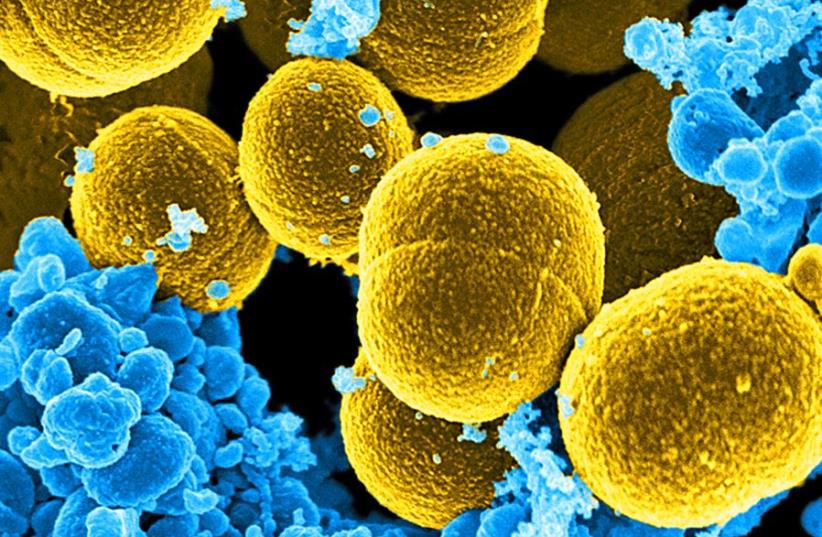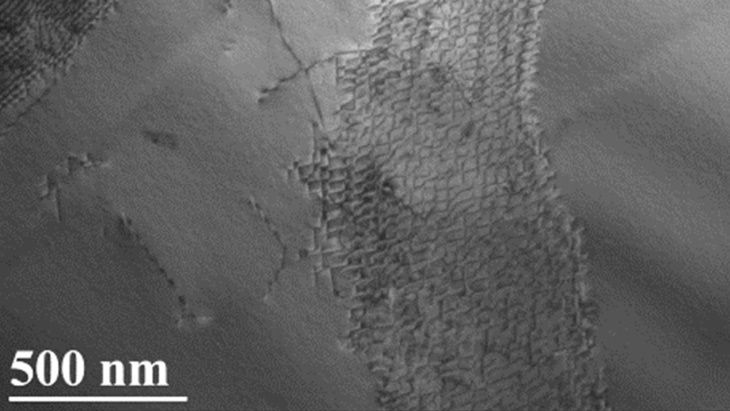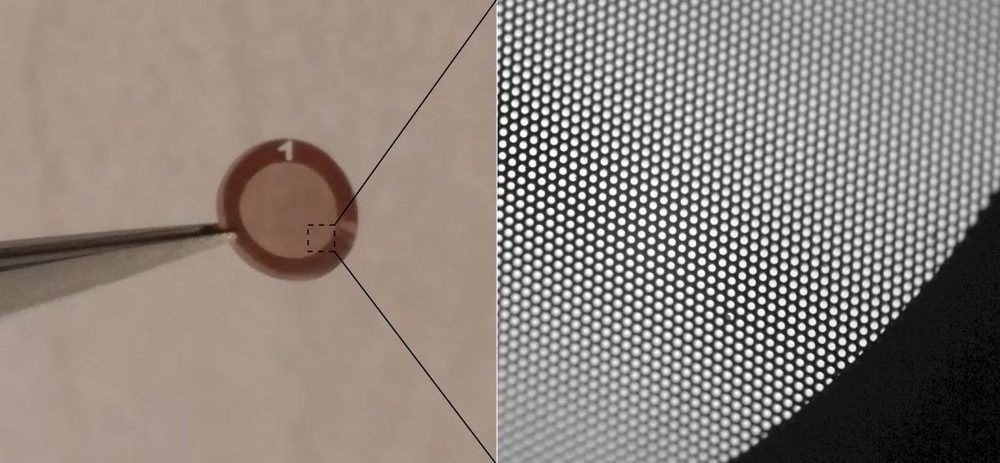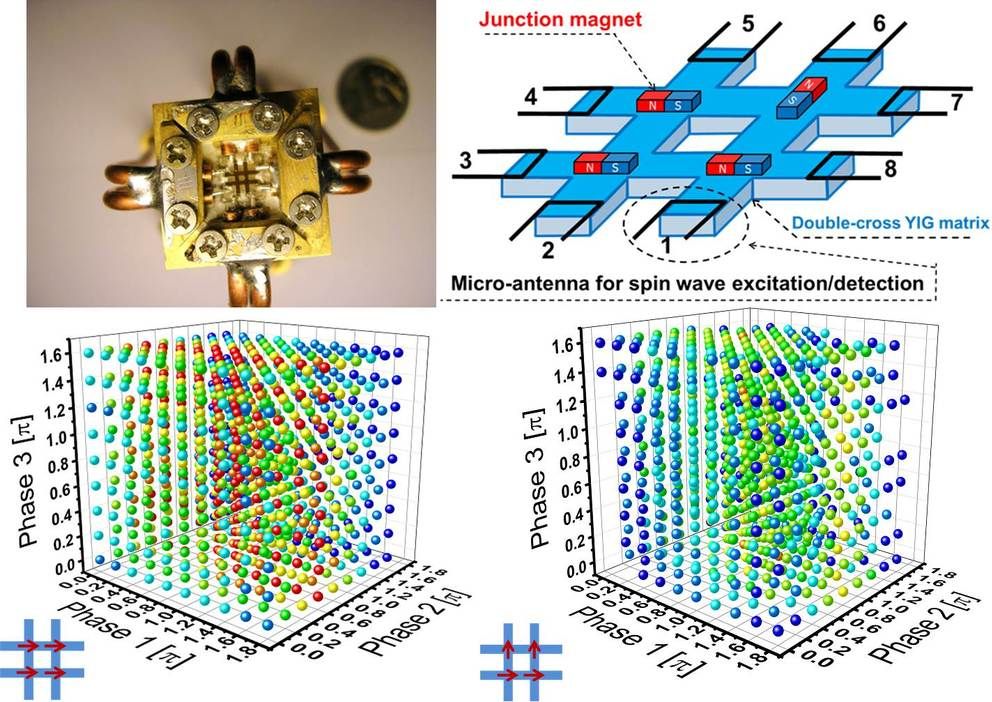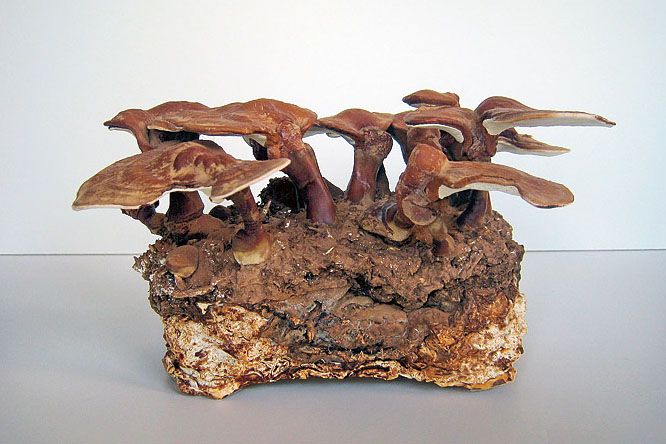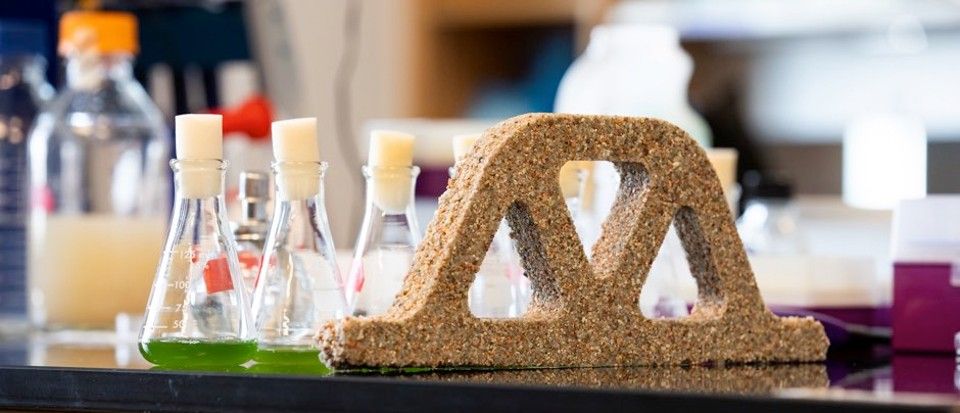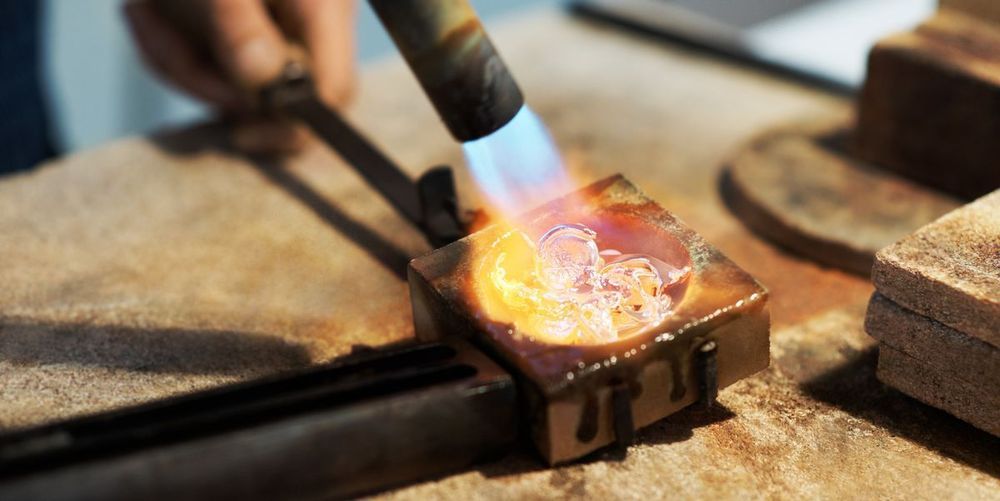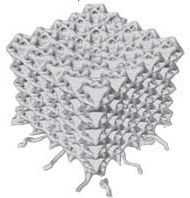May 8, 2020
Israeli disinfectant kills 100% of viruses, bacteria
Posted by Quinn Sena in categories: biotech/medical, materials
A state-of-the-art disinfectant developed by the Israel Institute for Biological Research and distributed by Tera Novel is capable of killing 100% of bacteria, viruses, molds and some fungi, including the novel coronavirus.
“Our disinfectant works in a very different way from many others,” Tera Novel chairwoman Karen Cohen Khazon told The Jerusalem Post. “We also use hypochlorite, but in a very high [concentration] and we add some [additional ingredients] so that anywhere the disinfectant is sprayed, it becomes a very white film of gel which keeps the [material] on the surface for a while.”
